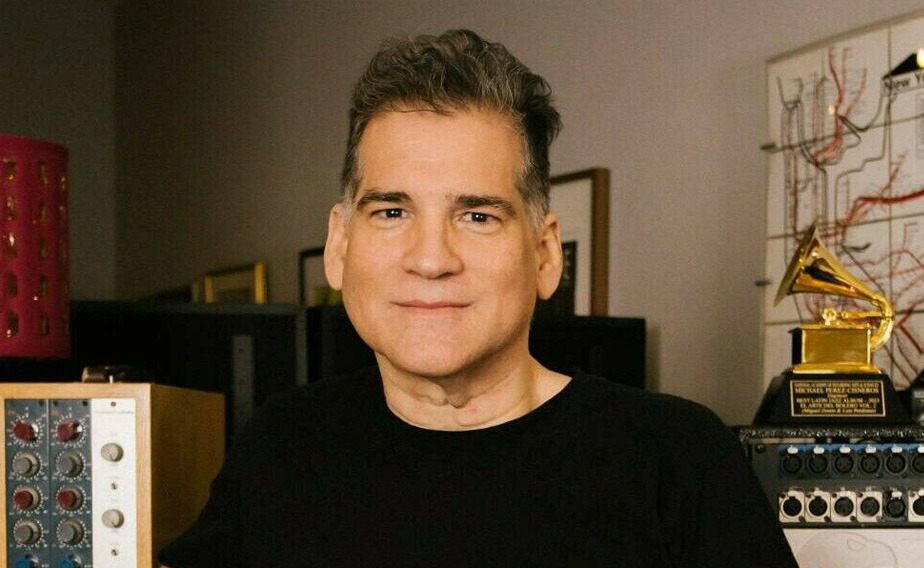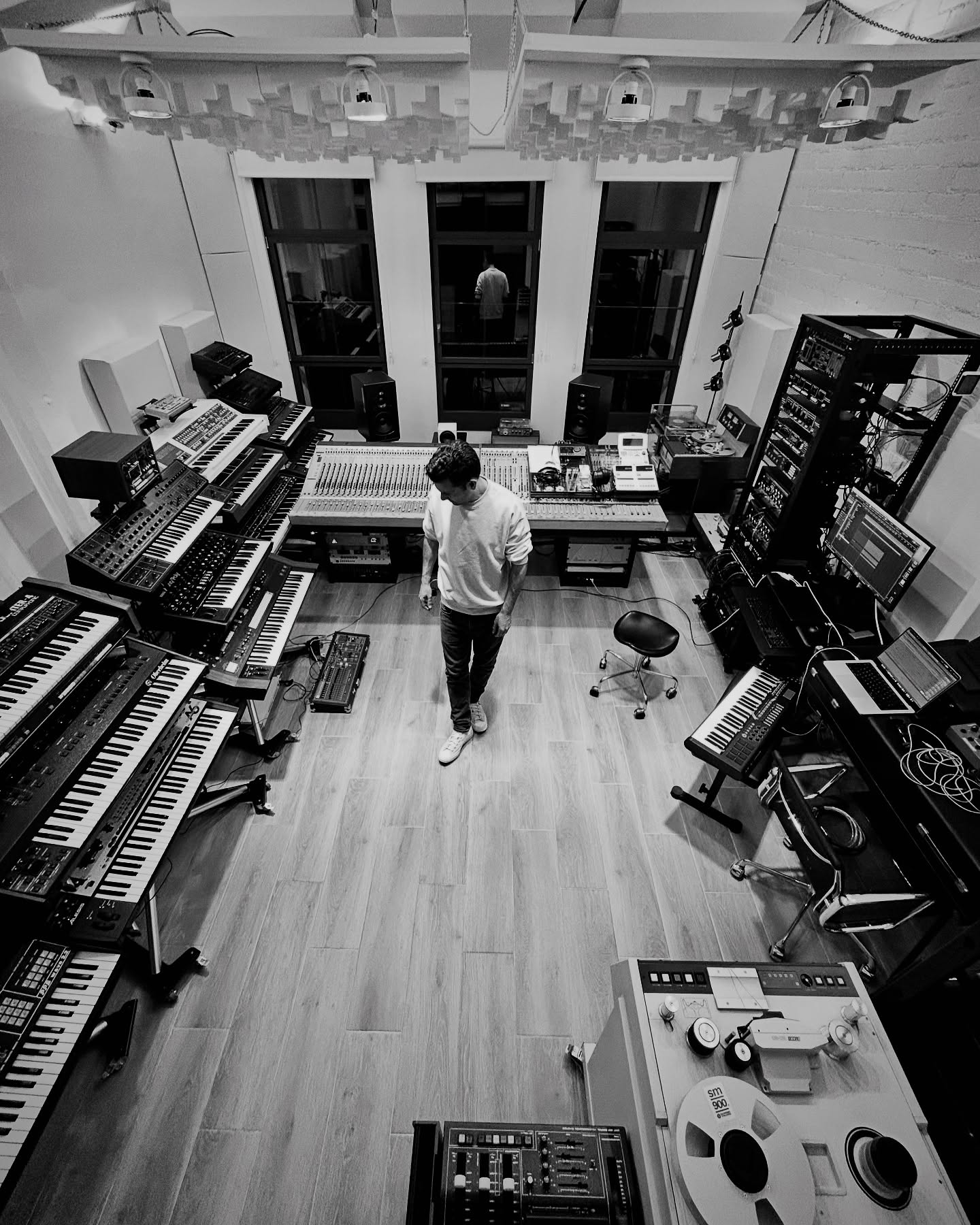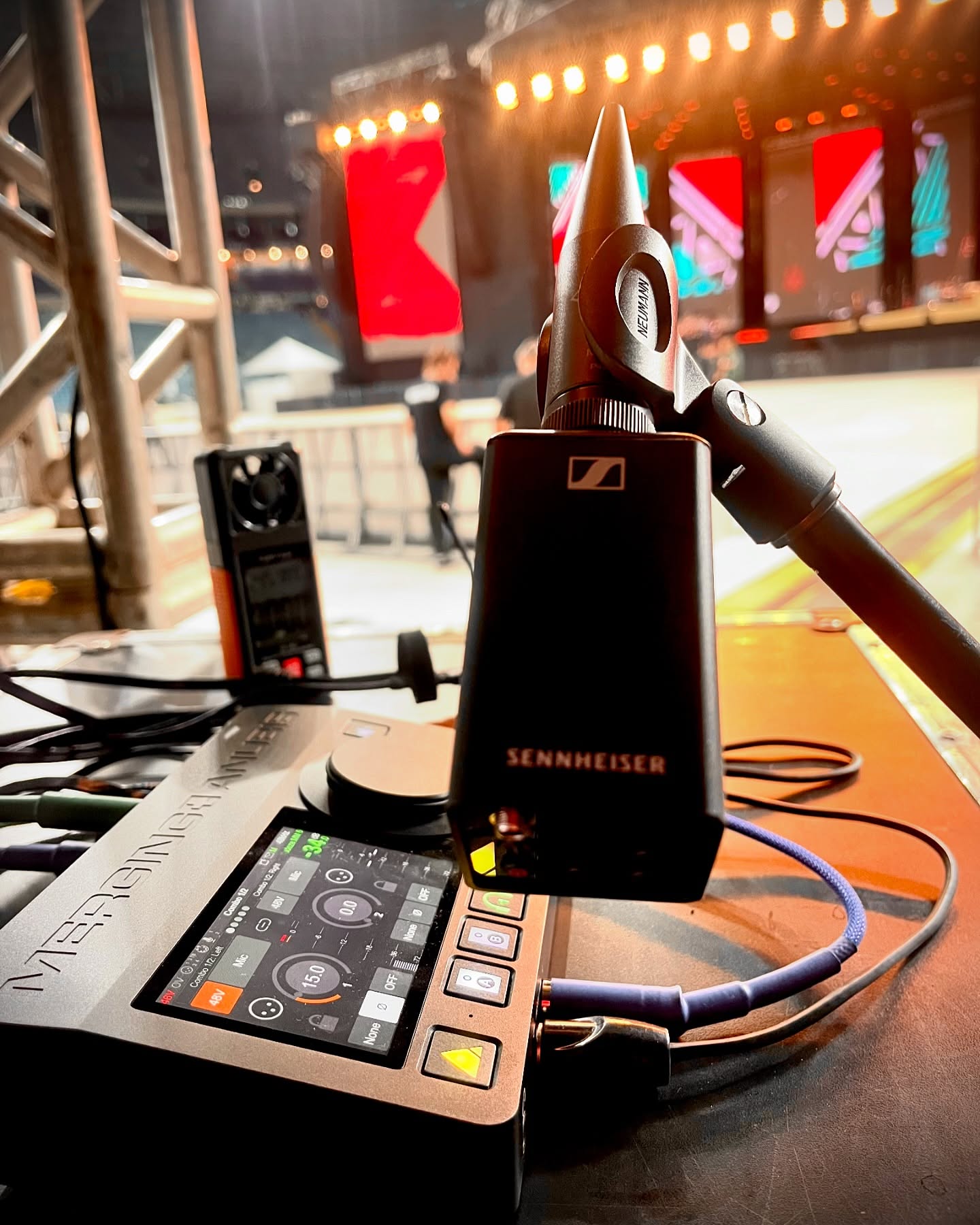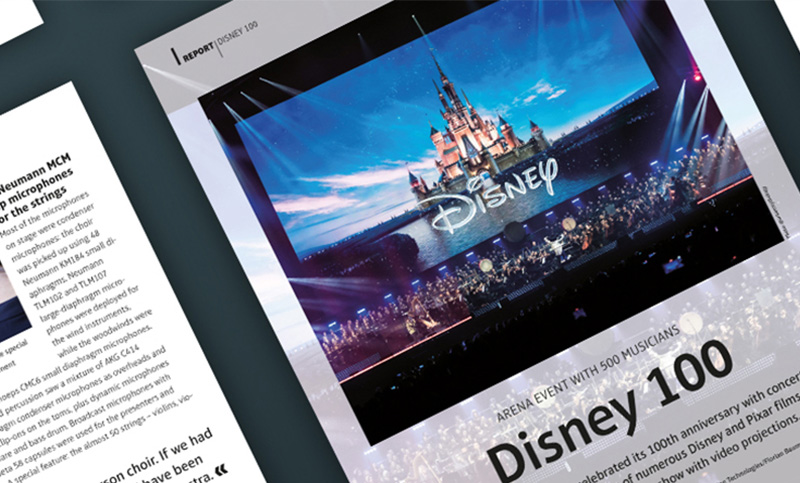-
Highlights
-
Products
-
Pyramix | Digital Audio Workstation
Ovation | Audio & Event Sequencer
ANEMAN | Audio Network Manager
Audio Tools
-
-
OEM Solutions
-
ZMAN RAVENNA/AES67
Success Stories
Studio Technologies Enhances ST 2110 Integration With Merging’s ZMAN Module
- November 25th 2024
ADI RAVENNA/AES67
Success Stories
ALSA RAVENNA/AES67
Success Stories
Comrex meets AES67 demands with a solution from Merging Technologies
- October 15th 2024
-
-
News
-
Merging to unveil Ovation 11 at ISE 2025 in Barcelona
- January 22nd 2025
Free Pyramix or Ovation Elements
with a new purchase of a Merging interface-
No end date currently
The Sennheiser Group at IBC 2024
- September 1st 2024
-
-
Sales
-
Support
-
Training
Resources
Tech Support
Downloads
-
-
Company
-
Contact Us
- Merging Technologies
- Route du Verney 4,
- 1070 Puidoux, Switzerland
- +41 (0)21 946 04 44
- General Enquiries
- OEM Enquiries
- Tech Support
Merging Technologies
What's Up?
-
Casey Stone
Freelance, UK
Industry talent Casey Stone mixes masterpiece scores with Merging Technologies
As one of the industry’s foremost talents in the world of film and TV score recording and mixing, Casey Stone has put his signature touch to some of the biggest and most successful titles this century, including Frozen, The Hangover trilogy, Ant-Man, Don’t Look Up, WandaVision, Vice, The Nice Guys, X-Men: Apocalypse and many more.
Stone’s audio career started when he took a degree in music recording at the University of Southern California where internships at studios allowed him hands-on experience in the process of creating music for film and television.
On establishing himself in the industry, Stone remembers, “Connections I made at USC certainly helped. One studio I worked at was called The Sound Chamber and was owned by the head of my department at USC, Richard McIlvery. I had done some assistant engineering there and one of the projects that came in was to record (and compose) the score for Paul Thomas Anderson’s first feature movie Hard Eight. Paul and composers Jon Brion and Michael Penn were there and the engineer was Brian Foraker. Besides a little mistake of not having the Studer 24-track resolved to house sync during the making of a DA88 sub-reel to send to Aimee Mann to record vocals elsewhere, I acquitted myself pretty well on that gig.”
 Casey Stone in studio
Casey Stone in studio
This led to further notable film score projects, “On the next film, just a year later, the same group wanted to return to Sound Chamber and do it again, but Brian Foraker had recently moved to Nashville and was not available. So, I got the gig! That was Boogie Nights and yes, it is mostly songs, but there is some score in there and I recorded and mixed that.”
Since those early days, Stone has worked on many high-profile films. Looking back, Stone reflects on some of the most memorable projects: “Our first session recording the score for Mission: Impossible – Rogue Nation at Abbey Road Studio 1 was amazing and challenging! It was a very dynamic piece that started quietly and built to a fortissimo orchestral blast, and during this first take I’m subtly but frantically tweaking mic gains and finding reasonable percussion levels as the piece plays on.”
High-profile score recording and mixing requires high-quality tools. “The most essential thing when recording is microphones! I tend to use a lot of the classics for orchestra: Neumann M50, U67, 87, 47fet, KM84. As for mixing, my first love for surround score mixing was the SSL 9000J, but now it’s pretty much all Pro Tools all the time for me,” explains Stone.
 Casey Stone
Casey Stone
On the evolution of the art of recording and mixing film scores, Stone points out the switch from Dolby Surround to Dolby Digital as a significant turning point in his industry. “There was a major change when film sound went from ‘Dolby Surround’ to ‘Dolby Digital’ or to put it more generically, from a matrixed stereo master which was opened up into Left, Centre, Right, Surround (mono surround) when played back, versus actual discrete six channels of sound (LCR, Stereo Surrounds, Sub). It’s a deep subject, but I think score-mixing techniques had to fundamentally change to make the most of that.”
Part of Stone’s latest setup is based around Merging Technologies gear, including Hapi MkII and an Anubis, “The Hapi has an eight-channel DAC card in it and the Anubis supports two mic/line inputs, four outputs plus headphones - none of which I’m currently using. You can think of the Anubis as a monitor processor and controller, though it really is an audio interface also. For anyone who only needs stereo monitoring, an Anubis by itself does all of this. The Anubis now provides the monitor EQ and delays for my surrounds - it could also do bass management, but I haven’t tried that yet. I can also use the Anubis to switch between multiple inputs to monitor my 7.1 mix, my stereo mix, the demo mix, and my system audio for playing reference material.”
On the networked capabilities of Merging Technologies gear, Stone explains, “These Merging pieces both feature networked audio (RAVENNA), meaning, they are on their own gigabit ethernet network, and audio can be routed between them and my computer using a virtual audio driver that I select as the audio engine for Pro Tools - I can send up to 64 channels from Pro Tools into the network.”
Looking into the future of score mixing and recording, Stone sees a new revolution on the horizon, “We’re still in the early stages of the next biggest change in that vein, which is Dolby Atmos.” Merging Technologies gear is sure to be a cornerstone in this development of immersive audio.
More info:

























